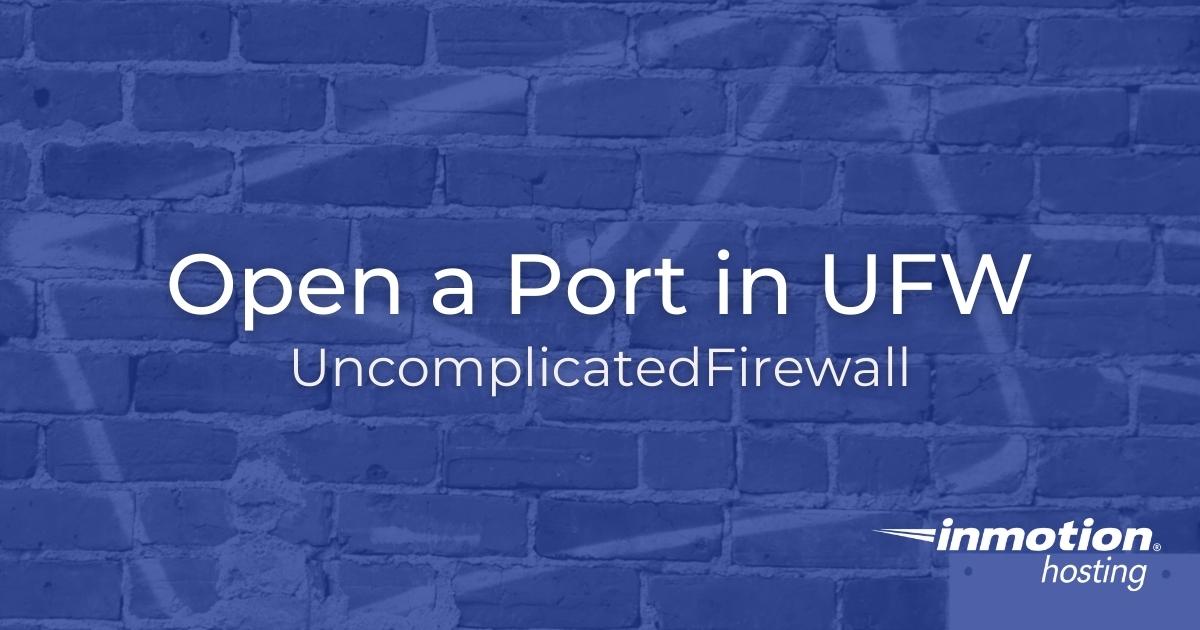Currently responsible for powering more than 35 percent of the internet, WordPress is hands-down the most popular CMS available. But its rise to the most used CMS didn’t happen overnight. Releasing a new version of its product an average of about every 152 days, WordPress has continued to grow and improve throughout time via the Read More >
Search Results for:
Gutenberg 8.6 (Plugin) Update
This is a short summary of the Gutenberg 8.6 update. The latest changes include a Cover block with added video position controls and Block pattern updates. This article will display and describe these added changes. In order to use the latest version of Gutenberg, you need to download the plugin from the WordPress Plugin repository. Read More >
Gutenberg 8.5 (Plugin) Update
When you see an update on Gutenberg, you can expect an improvement of the many features in the oft criticized editor within WordPress. Gutenberg has a love or hate relationship with many WordPress users, but aside from some of its quirks, using it can help speed up content creation in WordPress posts. The latest release Read More >
How to Install FFmpeg on CentOS with RPM Fusion
FFmpeg is a cross-platform command line interface (CLI) audio editor and video editor with a long range of possibilities for recording, streaming, and converting media files to your preferences. The easiest way to install FFmpeg on CentOS is with the EPEL (Extra Packages for Enterprise Linux) repository, which provides more software packages than are available Read More >
JavaScript Resources for Beginners
JavaScript has helped keep the internet interactive since the early days of web browsers. There are thousands of resources available to help you if you want to get better at this essential programming language. It can be difficult to figure out where to start! Below are a few JavaScript resources ranging from tutorials, books, and Read More >
Installing Kubernetes on CentOS 7
Kubernetes is a popular open-source solution for automated software deployments that uses containerized applications. Originally designed by Google, Kubernetes is compatible with most Linux distributions, including CentOS 7 and Ubuntu. When Kubernetes is installed and configured, it is then referred to as a Kubernetes cluster. A Kubernetes cluster involves 2 or more machines that are Read More >
Understanding Linux Operating Systems
While there are many different versions of Linux available, it can be difficult to understand the differences between them. Depending on your individual preferences and system requirements, you may decide that one flavor of Linux operating system, also known as a distribution or distro, is best suited for your needs. In this article, we will Read More >
How to Install FFmpeg on Debian with APT
The FFmpeg command line interface (CLI) application is a free, versatile audio editor and video editor for Linux, Windows, and macOS. FFmpeg offers a long range of possibilities for recording, streaming, and converting media files to your preferences. Below we cover how to: Install FFmpeg Use FFmpeg Keep in mind, the apt version of FFmpeg Read More >
How to Add Business Hours to WordPress
Though we’re interacting more and more online every day, some elements of the physical world can and should follow us to our digital spaces. For businesses, this includes adding business hours to your WordPress site. Even if your doors aren’t physically open, business hours can tell your audience when you’re available for communication and set Read More >
Opportunity – Online WordPress Meetups!
The picture below is from the last in-person WordPress Meet up in Virginia Beach. At the time, the concern was more about space and the food that would be available for the attendees. Months later, everything has changed. The pandemic has led to changes in work and social lives. However, for local WordPress Meetups, this Read More >
Unsplash WordPress Plugin Allows Image Search from Editor
Unsplash, the free stock image platform, has recently launched a WordPress plugin that allows users to easily search for and add Unsplash images directly to their WordPress site via a block added to the editor. If you’re unfamiliar, Unsplash has hundreds of high-resolution, photographer submitted images available for free use. The plugin, which was created Read More >
How to Install GoAccess Web Analytics on Debian
GoAccess is a light-weight free open source log analyzer. Matomo and other self-hosted website analytics applications use PHP and a SQL database to manage web analytics data. Other applications including Google Analytics and Mixpanel store the data externally. GoAccess uses your pre-existing server logs to provide web analytics data you can easily manipulate within your Read More >
How to Install PIP
PIP (Python Installs Packages) is a package management system designed to install and manage software packages written in the Python language. While most installations of Python come preinstalled, it may sometimes be necessary to manually install PIP on your machine. PIP can be installed on all major operating systems, including most varieties of Linux distributions. Read More >
How to Install MongoDB
While there are several different types of database software available, MongoDB is a popular and feature-rich alternative to other software such as MySQL. As this software is not frequently pre-installed on Linux-based hosts, you may find yourself needing to install MongoDB on your CentOS or Ubuntu server. In this guide, we will outline how to Read More >
How to Create and Edit Pages and Posts in WordPress
Pages and posts are essential, foundational elements for all WordPress websites. No matter the purpose of your website, you will have pages, posts, or both for your site to function properly. There are a few differences between pages and posts, but creating and editing them is pretty much the same. Remember that when you edit or Read More >
How WordPress Helped Small Businesses During COVID-19
In March of 2020, the US started to shut down due to COVID-19 and around 30 million small businesses felt the impact. As schools closed and people begin to shelter at home, small businesses immediately felt the pressure as foot traffic halted. Small business owners needed to adapt to the new stay at home environment Read More >
Ansible and Docker
When automating your data center infrastructure, it is important to understand the various technologies that are available to you, as well as how the individual technologies can be used in combination to better suit the individual needs of your operation. For example, both Ansible and Docker exist as solutions for the automation of server software Read More >
How to Wrap Text in Emacs
Emacs is a high level open source cross platform text editor. The first time you open Emacs you might start typing and realize your text rolls right past the right margin of your editor frame and continues into nowhere. For most users, wrapping text (or, soft wrap) is more visually appealing, and helps keep a Read More >
How to Open a Port in UFW
UncomplicatedFirewall (UFW) is a command-line, frontend iptables manager, similar to Firewalld and ConfigServer Security & Firewall (CSF). Understanding basic UFW commands is beneficial since it is available by default in all Ubuntu-based installations after 8.04, including Mint. Those configuring UFW for a desktop system who prefer not to use the CLI can use the GUFW Read More >
OpenStack is at the core of our Infrastructure as a Service product, featuring hosted private cloud. We also use OpenStack to provide IT services to our own staff. As both active users of OpenStack and the first to create on demand hosted private cloud on OpenStack, we want to share our experiences with OpenStack. You can find more information in our OpenMetal Cloud Product Guide as well.
Documentation Links
OpenStack Cloud Operator’s Manual
OpenStack Operator’s Manual — Extended
OpenStack Cloud User’s Manual
If you are going to be an operator and a user, the best place to start would be with our OpenStack Cloud Operator’s Manual and a Small OpenMetal Private Cloud Core. With a pre-configured OpenStack and Ceph, this manual is designed to get an experienced system administrator up to speed on running and using OpenStack and Ceph in roughly 40 hours of hands on training and experimenting.
Additional guides to the core manual exist as OpenStack Operator’s Manual — Extended. Contained within is a brief introduction on how to create a Kubernetes cluster, for example.
For project users, or those that do not have administrative access to the cloud, see the OpenStack Cloud User’s Manual. These guides focus on how to use a cloud instead of operating one.

You can also contact our Account Managers to request longer Timed Trials or Credits to help offset building a Proof of Concept.
We hope the following content helps you be more successful with OpenStack, either here at InMotion or where ever your cloud takes you!
Newest OpenStack Articles
OpenStack Basics
OpenStack is a collection of Services. Each service performs functionality that make up the whole of OpenStack. There are a set of “core” that are typically installed to provide the common functionality of a “Cloud”. In addition, there are over 30 other Services that can be added for your particular needs. Find out more with “What is OpenStack?” or you can also explore our Why OpenStack background or our How to Build a Private Cloud.
Core OpenStack Services
- What is OpenStack Keystone?
- What is OpenStack Cinder?
- What is OpenStack Neutron?
- What is vCPU?
- What is OpenStack Horizon?
- What is OpenStack Nova?
- What is Terraform?
- What is Ceph and Ceph Storage?

